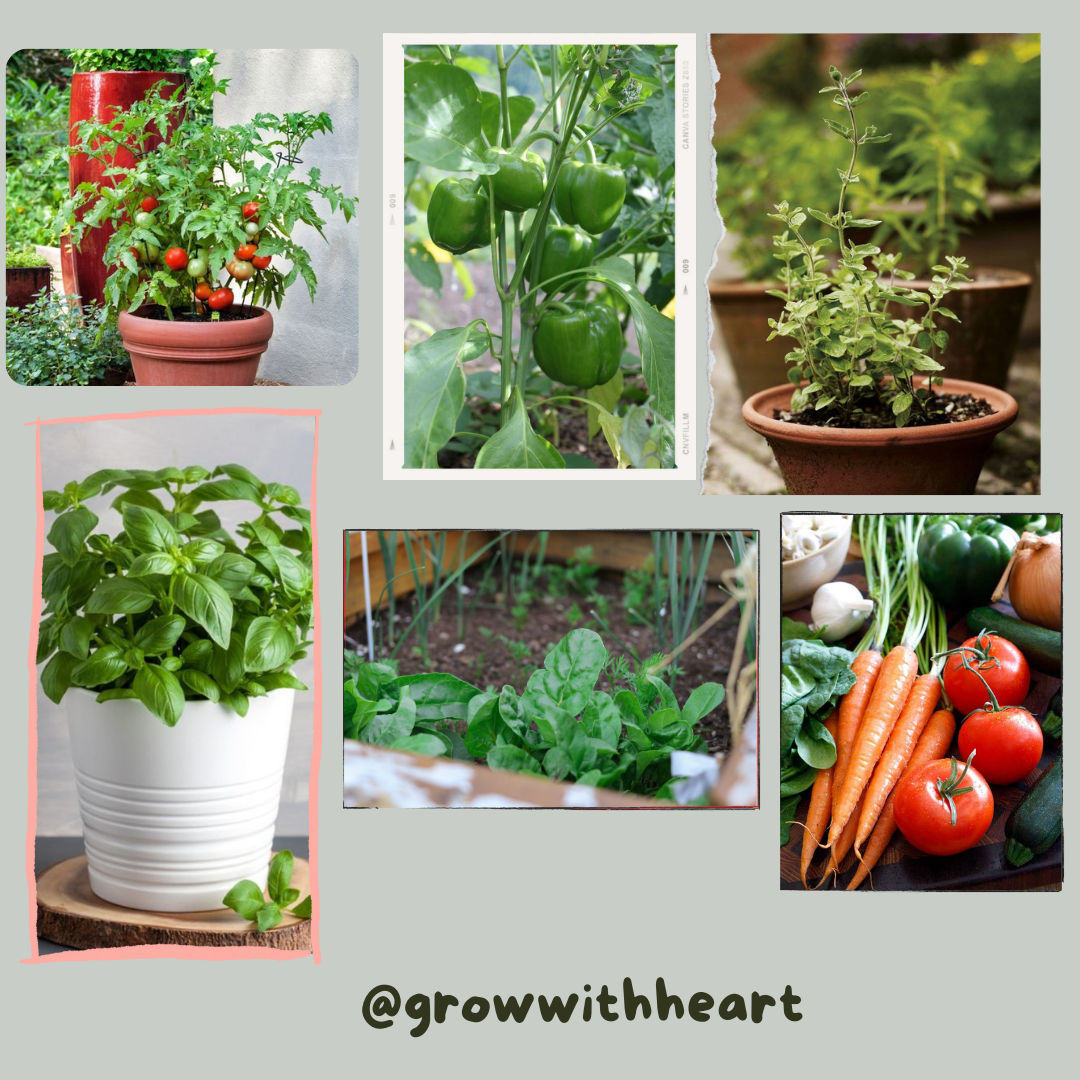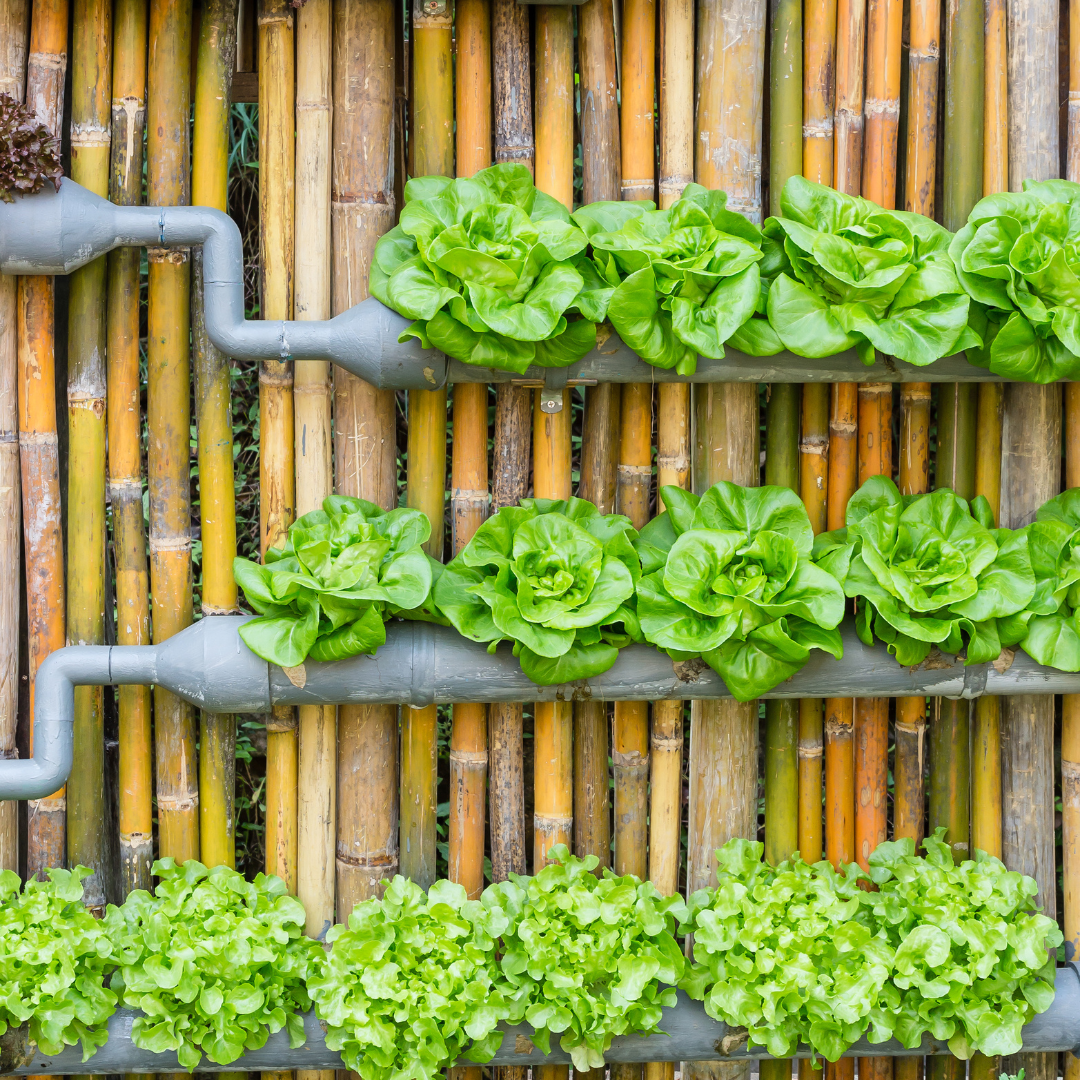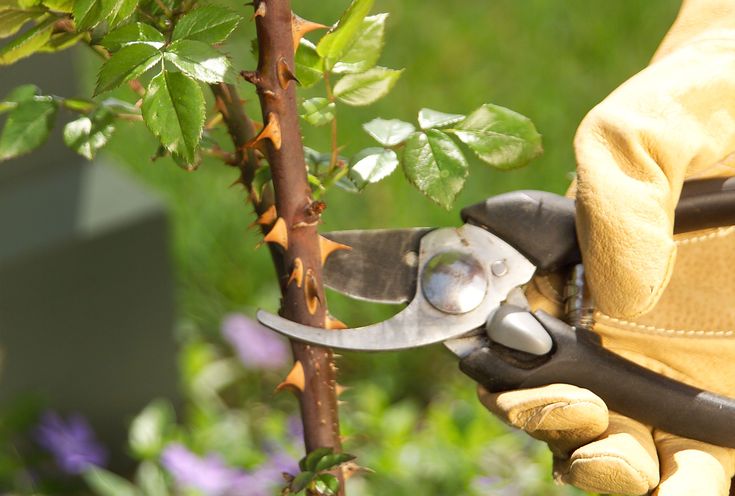Creating a vertical garden is an innovative way to maximize space and introduce greenery into your environment, whether you live in a bustling city or a rural area.
This style of gardening allows you to grow plants on vertically suspended panels, using methods like hydroponics, aeroponics, or traditional soil.
Choosing the right plants for your vertical garden is crucial for its success.
This comprehensive guide will help you make informed decisions, ensuring your vertical garden thrives.
Benefits of Vertical Gardening
Vertical gardening is not just about saving space; it’s about bringing nature closer to our living spaces and promoting sustainability.
One of the primary benefits of vertical gardens is their ability to improve air quality. Plants naturally filter the air, removing toxins and releasing oxygen.

This makes vertical gardens especially beneficial in urban areas where air quality can be poor. Additionally, vertical gardens can reduce the urban heat island effect.
The greenery absorbs sunlight, cooling the air and reducing the overall temperature in the surrounding area.
Considering Local Climate
When choosing plants for your vertical garden, it’s essential to consider the local climate.
Different plants thrive in different conditions, so understanding your local weather patterns is crucial. For instance, if you live in a hot, arid region, you should opt for drought-tolerant plants like succulents or cacti.
These plants can survive with minimal water and still look beautiful.
On the other hand, if you live in a cooler, wetter climate, you might consider plants like ferns or mosses that thrive in shaded, moist environments.
Light Requirements
Light is another critical factor when selecting plants. Some plants require full sun to grow, while others prefer partial or full shade.
Assess the amount of sunlight your garden area receives throughout the day.
If your garden gets plenty of sunlight, you can choose sun-loving plants like tomatoes, peppers, and strawberries. However, if your garden is mostly shaded, opt for shade-tolerant plants like lettuce, spinach, and certain herbs.
Watering Needs
Watering needs also play a significant role in plant selection.
Vertical gardens can dry out more quickly than traditional gardens because they have less soil to retain moisture. Therefore, it’s essential to choose plants with similar watering needs and group them accordingly.
For example, drought-tolerant plants like succulents and cacti should be planted together, while water-loving plants like lettuce and basil should be grouped in another section.
This way, you can easily manage your garden’s watering schedule and ensure all plants receive the appropriate amount of water.
Plant Size and Growth Habit
Another important consideration is the size and growth habits of the plants while Choosing the right plants.
Vertical gardens typically have limited space, so it’s best to choose plants that are compact or have a climbing growth habit. Avoid plants that grow too large or bushy, as they can outgrow their space and overshadow other plants.
Climbing plants like peas, beans, and certain varieties of tomatoes are excellent choices for vertical gardens.
They grow upwards, saving space and producing a high yield.
Top Plant Choices for Vertical Gardens
Herbs and Vegetables
Herbs and vegetables are excellent choices for vertical gardens.
Herbs
Herbs are excellent choices for vertical gardens. They are typically compact, productive, and easy to grow. Here are some great herbs to consider:

- Basil: Requires full sun and regular watering but is otherwise low-maintenance.
- Parsley: Grows well in partial shade and cool temperatures.
- Mint: Prefers partial shade and regular watering, and it can spread quickly.
- Oregano: Thrives in full sun and well-drained soil.
- Thyme: Needs full sun and minimal watering, making it drought-tolerant.
- Cilantro: Prefers cooler temperatures and can grow well in partial shade.
Vegetables
Vegetables are also excellent choices for vertical gardens. They can be compact, productive, and provide fresh produce. Here are some great vegetables to consider:

- Lettuce: Grows well in partial shade and cool temperatures, making it ideal for vertical gardens in various climates.
- Tomatoes: Climb easily and produce abundant yields, making them perfect for vertical spaces.
- Cucumbers: Also climb easily and produce a lot of fruit, making them ideal for vertical growth.
- Peppers: Require full sun and regular watering, but they can be very productive.
- Spinach: Thrives in cooler temperatures and partial shade.
- Peas: Excellent for vertical gardens because they climb and produce a lot of pods.
- Radishes: Grow quickly and don’t take up much space, making them ideal for vertical gardens.
- Carrots: Can be grown in deeper vertical garden pockets or containers and require full sun.
Innovative Farming Practices for Vertical Gardening
Hydroponics

Hydroponics is a method of growing plants without soil, using nutrient-rich water instead.
This highly efficient technique allows for precise control over nutrient levels, promoting faster growth and higher yields.
Hydroponic systems are ideal for vertical gardens, saving space and water.
Aeroponics
Aeroponics involves growing plants in an air or mist environment without the use of soil.

This method reduces water usage and enhances oxygenation, leading to healthier plant growth. Aeroponics is particularly suitable for vertical gardens, as it maximizes space and allows for high-density planting.
Maintenance Tips for Vertical Gardens
Regular Monitoring
To ensure the health and productivity of your vertical garden, regularly check for signs of pests, diseases, or nutrient deficiencies.
Early detection and treatment are vital for maintaining healthy plants. Inspect the leaves, stems, and roots for any abnormalities and address issues promptly.
Proper Pruning
Pruning is essential for controlling the size of your plants and encouraging healthy growth.

Regularly remove dead or damaged leaves to prevent the spread of disease and improve air circulation.
Pruning also helps maintain the desired shape and size of the plants, ensuring they do not outgrow their allotted space.
Fertilization
Providing your plants with the necessary nutrients is crucial for their growth and productivity.
Use balanced fertilizers to supply essential nutrients. Organic fertilizers are a great choice for sustainable gardening practices.
Follow the recommended application rates and schedules to avoid over-fertilization, which can harm the plants.
Watering Techniques
Efficient watering is critical in vertical gardens.
while Choosing the right plants, Use drip irrigation systems to deliver water directly to the plant roots, reducing wastage and ensuring even distribution. Overwatering can lead to root rot while underwatering can stress the plants.
Monitor soil moisture levels regularly and adjust watering schedules accordingly.
Conclusion
Choosing the right plants for your vertical garden is essential for creating a thriving and beautiful space.
By considering factors such as climate, light, and watering needs, you can select plants that will flourish in your vertical garden.
Incorporating innovative farming practices like hydroponics, aeroponics, and aquaponics can enhance the sustainability and productivity of your garden.
Regular maintenance, including monitoring for pests and diseases, proper pruning, fertilization, and efficient watering, will ensure your vertical garden remains healthy and vibrant.
Enjoy the benefits of a lush, green space and the satisfaction of growing your own herbs, vegetables, and flowers in a vertical garden.
![]()

Pingback: Indoor Vertical Gardening Hacks You Need to Know!
Pingback: Growing More Plants in Less Space with vertical gardening! -
Pingback: Vertical Gardening with Edible Plants: Grow Your Own Food!
Pingback: How to Grow Medicinal Plants in a Vertical Garden?
Pingback: "Innovative Urban Gardening: The Impact of Vertical Gardens"
Pingback: Maintenance Tips for Your Successful Vertical Garden! -
Pingback: Scaling Up: How to Expand Your Vertical Garden Sustainably!